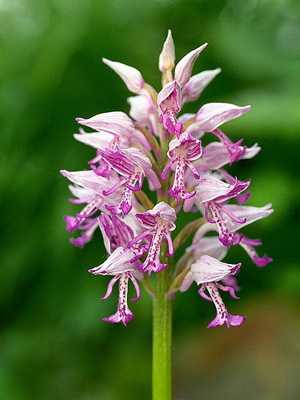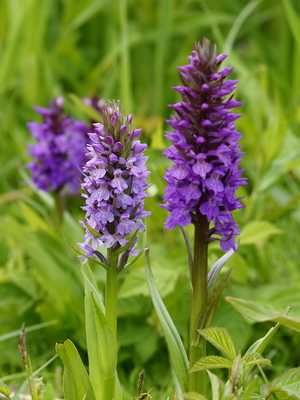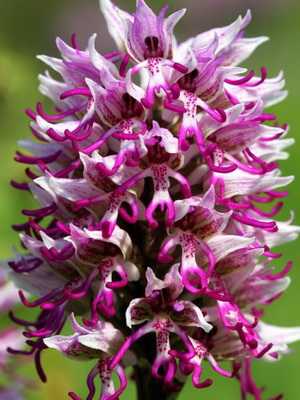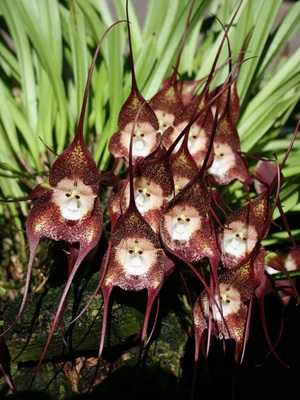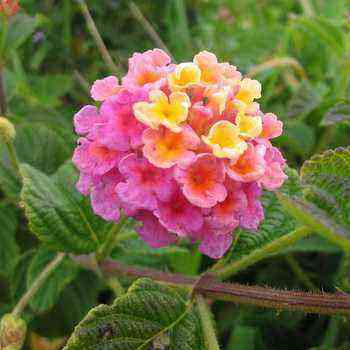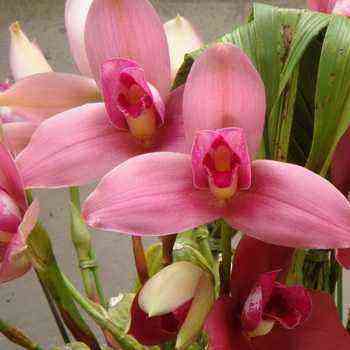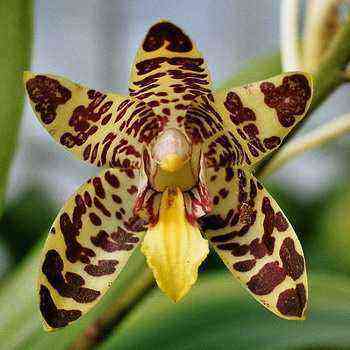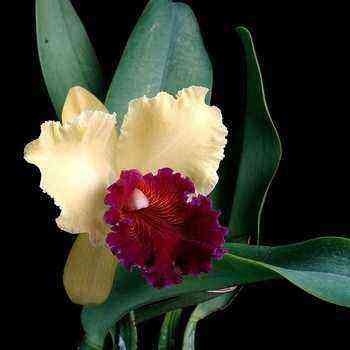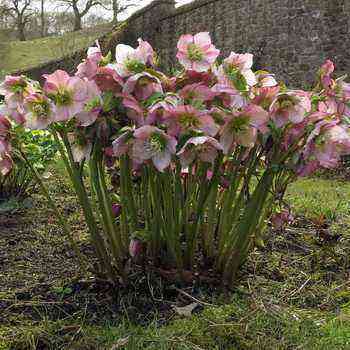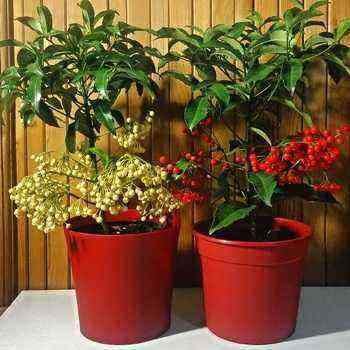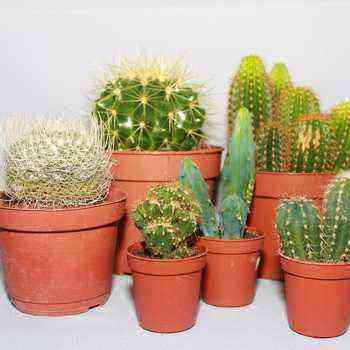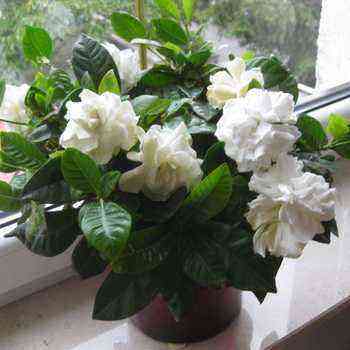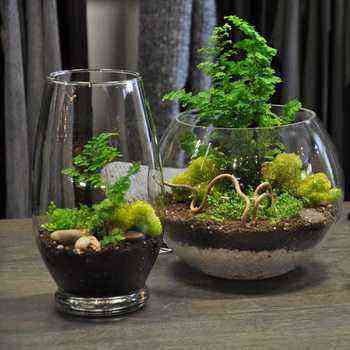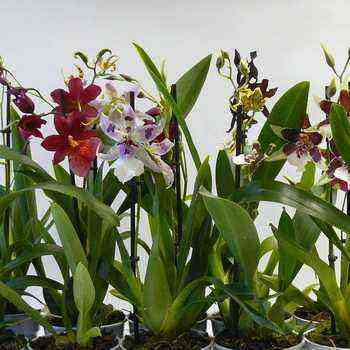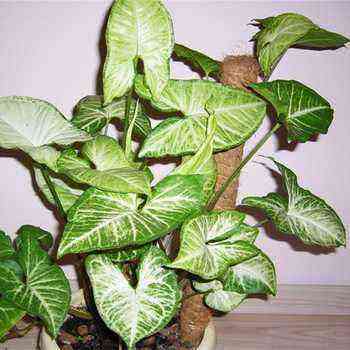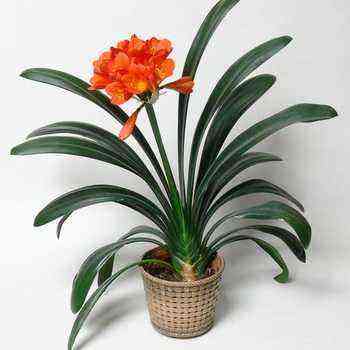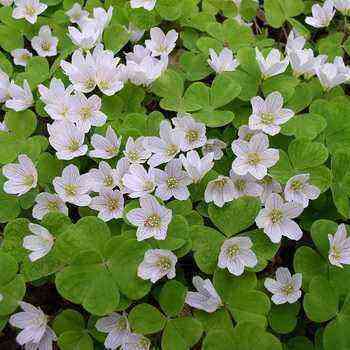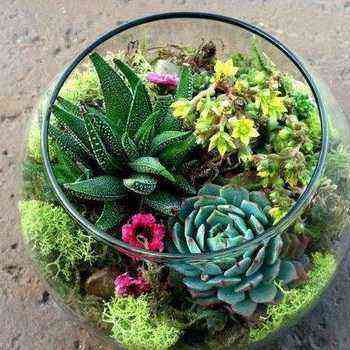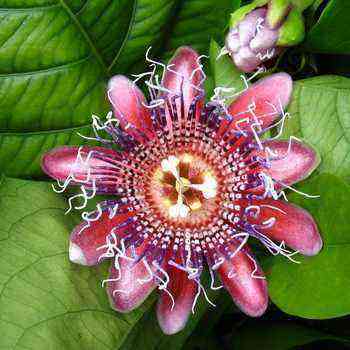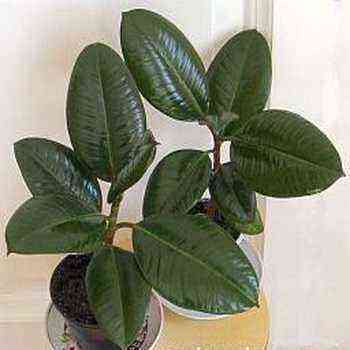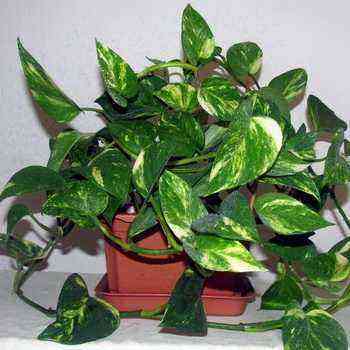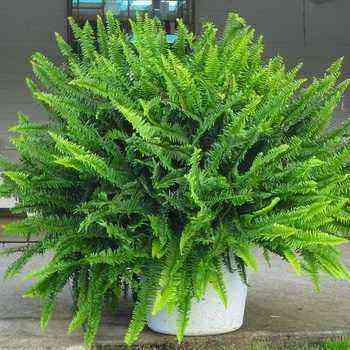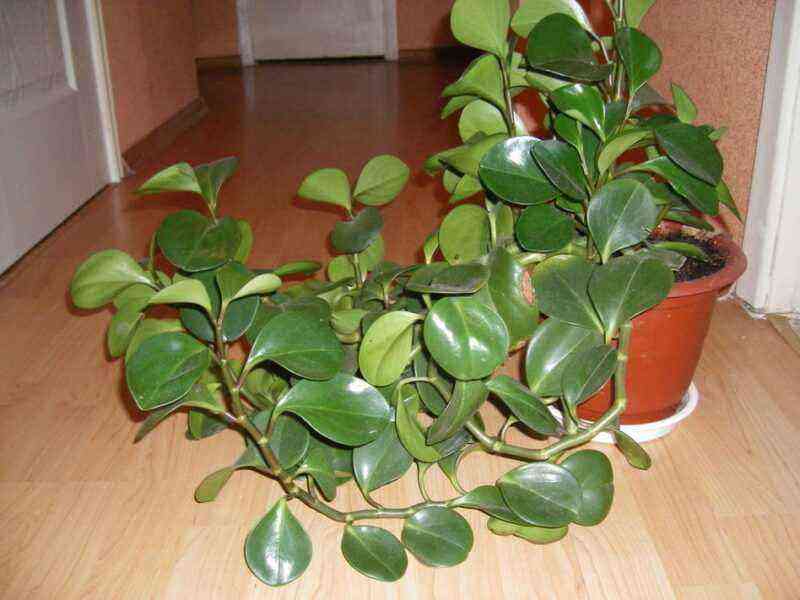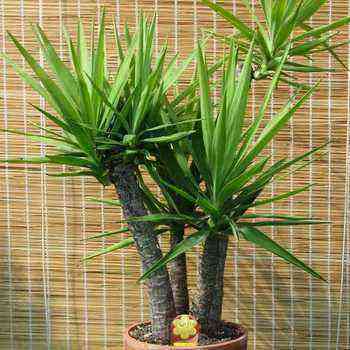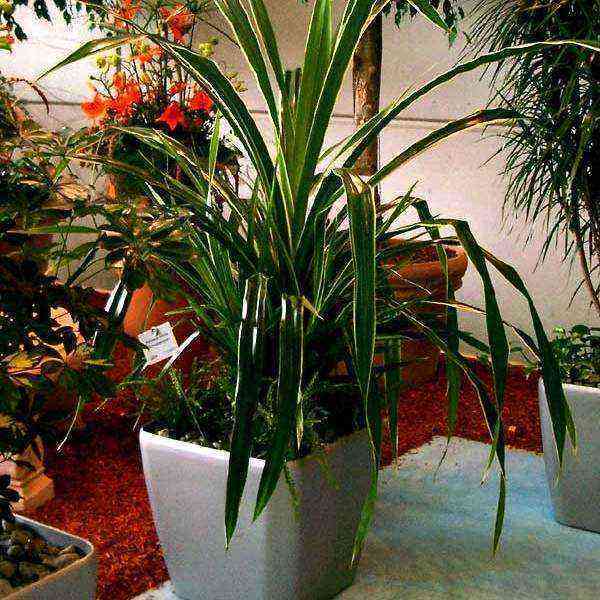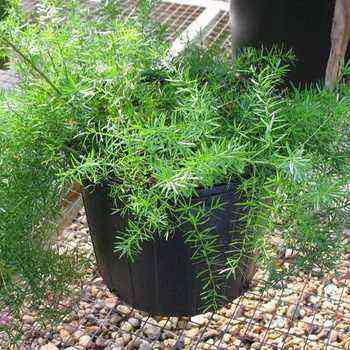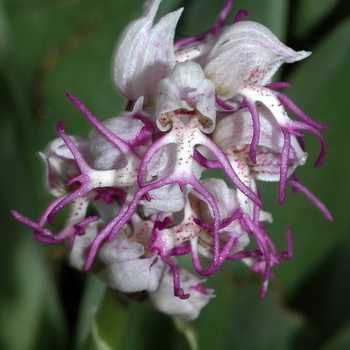
Class: monocotyledons (Monocotyledones).
Procedure: asparagus (Asparagales).
Family: orchids (Orchidaceae).
Sort by: orchis (Orchis).
Orchid orchid is a rather rare plant species, but no less revered for this. We invite you to learn about its use, familiarize yourself with the description of the orchis orchid, the biology of its development and interesting facts from history, find out where the orchis grows, what is its use, and, of course, see a photo of the orchis in its natural habitat.
This species is found only in the east of the island of Sardinia, in the north of Sicily and in Calabria, where only one isolated location is known. The number of populations rarely reaches 100 specimens.
The plant lives at an altitude of 200 to 3100 m above sea level in meadows, forests and garrigs (thickets of Mediterranean shrubs). Easily tolerates both shade and bright sun.
Orchis is a herbaceous perennial up to 25 cm high with a tuber up to 2 cm in diameter. The stem is shortened. Leaves are sessile, elongated-oval, dark green, up to 10 cm long, collected in a rosette.
Orchis flowers and their photos
Orchis flowers are bisexual, zygomorphic, purple in color, up to 2 cm in diameter, collected in an erect racemose inflorescence of 5-20 pieces.
As you can see in the photo, the orchis has fruits in the form of a dry oblong capsule containing many small seeds.
Reproduction is mainly by seed, but vegetative propagation is also possible – by daughter tubers.
The orchis plant blooms in the second half of spring – early summer, pollinated by insects. At the end of summer, ripe bolls crack, releasing tiny dust-like seeds that are carried far away by the wind. To germinate, the seed needs not only to get into the moist soil, but also to meet the hyphae of the mycorrhizal fungus. It enters into symbiosis with the orchis and helps the young plant develop the root system.
The graceful and undemanding herb, the orchis, could become an excellent ornamental plant, if it were not so rare.
The beauty of this orchid is deceiving: it does not produce nectar. Nevertheless, small insects are caught on catchy “advertisements” and thus carry pollen.
Application of the herb orchis
The tubers of this plant are rich in starch, mucous substances, calcium oxalate. That is why the use of male orchis (O. mascula), helmeted (O. militaris) and spotted (O. maculata) is especially widespread in medicine in the treatment of digestive disorders, respiratory diseases and diseases of the genitourinary system.
Salep is made from tubers of Mediterranean species – a drink that warms in cold weather and gives strength after an illness or a long journey. Traditional for Turkey, in the XNUMXth century it was brought to Europe and became so fashionable in England that for a while it even supplanted tea.
In the Mediterranean and southern regions of Russia, monkey orchids (O.simia), spotted, helmeted and spinous (O. aristata) are bred in gardens as ornamental plants.
The Latin generic name Orchis means “testicle”, the Russian comes, apparently, from the word “nucleus”. Indeed, tubers in orchis resemble testicles: they are ovoid and are usually located at the base of the stem in two – young and last year. In the Middle Ages, girls in Western Europe prepared love potions on their basis and wore them as a love amulet. Orchis is still taken today to enhance male potency – however, the effectiveness of this remedy has not been scientifically proven.
The range of the orchis is small, the frequency of occurrence is low. This beautiful orchid is saved from human destruction by the fact that it lives far from tourist routes. The number of the species is stable, it has no serious enemies, and moderate grazing of goats is even useful.

